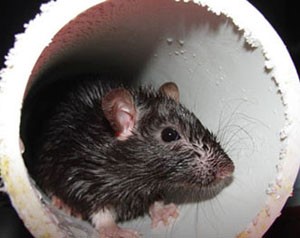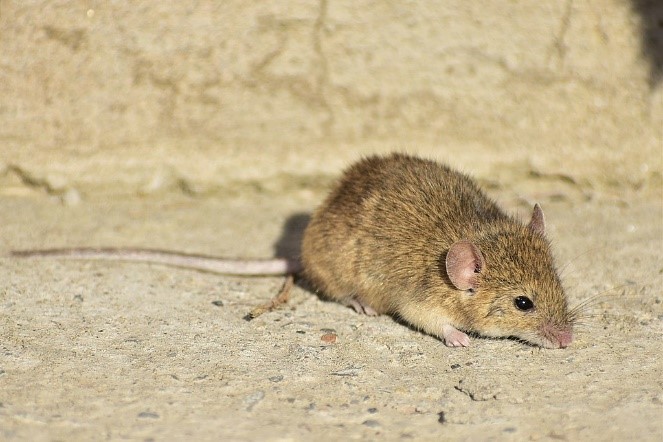Rodent Control

Rats/Rodents Control Abu Dhabi, Dubai, UAE
Rodents are considered the most dangerous warm-blooded mammals because they transfer diseases that affect the distribution of human communities. There are about 1,500 living rodent species (out of about 4,000 living mammals overall). More than 35 dangerous diseases are transferred to humans by rodents, either directly through food poisoning through the body, urine, and feces of rodents or indirectly through parasites of rodents. economic losses that are destructive to the environment that humans live within. The damage caused is related to their feeding behavior of gnawing and digging, in which they cause damage to buildings, commercial structures, electric wires, and food products.
To limit the spread of rodents and to avoid the economic and health damages they cause, ETS developed an integrated management strategy to prevent their high reproductive rate and reduce the damage they cause. Rodents are intelligent pests; they are adapted to the environment in which they live, in addition to their ability to maneuver in an orderly fashion. Therefore, there should be a radical change in the environment to deprive the rodents of the necessities of life, both within a limited area (home and farm) and a wide area (village or city).
The family Muridae is considered the common family in the order Rodentia, to which both rats and mice belong. Rodents are divided, based on their relations to humans, into associated rodents (their original home is where the human lives, for example: the house mouse) and not-associated rodents (rodents live inside the human house and get out to search for food or live in burrows outside the house but enter the house for food).
The most common rodents are:
Click on each species to learn about its identification/description, life cycle, common characteristics, damage, and economic implications.



